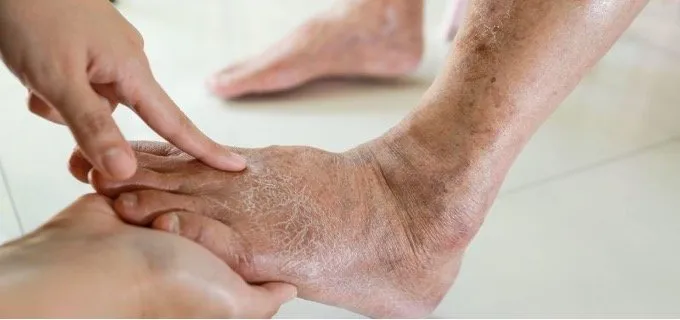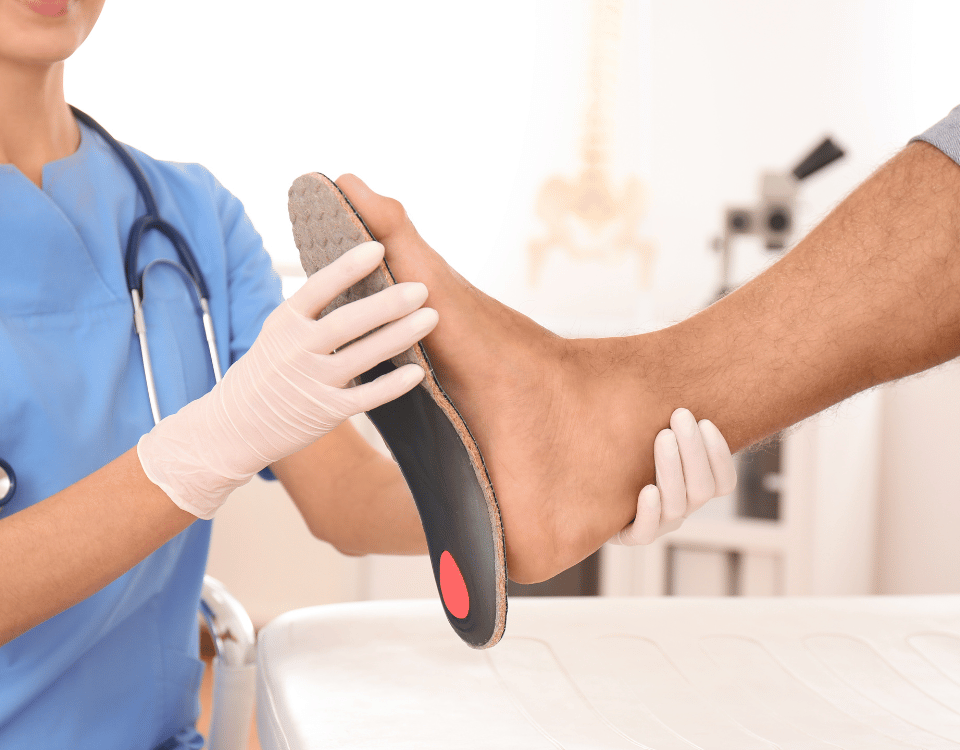
Podiatry Tips for Treating Plantar Fasciitis at Home
August 12, 2025
Gynecology Tips for a Healthy Pregnancy
August 12, 2025Diabetes is a condition that affects millions of people worldwide, and while most people focus on blood sugar levels, an equally important part of diabetes management is foot care. High blood sugar can damage nerves and reduce blood flow, making feet more vulnerable to injuries, infections, and even severe complications like ulcers or amputation if left untreated.
This is where podiatrists — doctors specializing in foot and ankle care — become essential. They understand the unique challenges of diabetic feet and provide the treatment, guidance, and preventive care needed to keep them healthy.
In this article, we’ll explore what makes the best podiatrists for diabetic foot care, the services they offer, and how you can find the right one for your needs.
Why Diabetic Foot Care Is So Important
When you have diabetes, even a small blister or cut on your foot can turn into a serious problem. High blood sugar can:
- Damage nerves (diabetic neuropathy), making it hard to feel pain or injuries.
- Reduce blood circulation, slowing healing and increasing the risk of infections.
- Cause skin changes, making feet dry and prone to cracking.
A podiatrist can help prevent these problems from turning into emergencies by detecting issues early and treating them before they get worse.
Qualities of the Best Podiatrists for Diabetic Foot Care
Not all podiatrists have the same level of experience with diabetic patients. The best ones have a combination of skill, experience, and patient-centered care.
1. Specialized Experience
Look for podiatrists who have:
- Treated diabetic patients for many years.
- Experience with advanced wound care and ulcer management.
- Knowledge of diabetic neuropathy and vascular problems.
2. Preventive Approach
The best podiatrists don’t just treat problems — they focus on prevention by:
- Offering regular foot screenings.
- Educating patients on self-care techniques.
- Monitoring changes in skin, nails, and circulation.
3. Advanced Technology
Top clinics often use:
- Digital foot scanners to check pressure points.
- Doppler ultrasound to assess blood flow.
- Laser therapy for wound healing.
4. Compassionate Communication
Diabetic foot care is personal and sometimes sensitive. A great podiatrist will:
- Listen to your concerns.
- Explain conditions in plain, easy language.
- Make you feel comfortable during exams.
What the Best Podiatrists Offer for Diabetic Patients
Here’s what you can expect from a top-tier podiatrist specializing in diabetic foot care.
1. Regular Foot Examinations
You should see a podiatrist at least once every 3–6 months for a full check-up. They will:
- Inspect your feet for cuts, swelling, or infections.
- Check blood flow and nerve sensitivity.
- Identify potential risks before they become serious.
2. Wound Care
If you develop a wound or ulcer, a good podiatrist will:
- Clean and dress the wound.
- Remove dead tissue (debridement) to promote healing.
- Use specialized dressings and therapies to speed recovery.
3. Nail and Skin Care
Even trimming toenails can be risky for diabetics if done incorrectly. Podiatrists provide:
- Safe nail trimming.
- Treatment for fungal infections.
- Moisturizing regimens for dry skin.
4. Orthotics and Footwear Advice
They may recommend:
- Custom orthotics to reduce pressure points.
- Diabetic shoes that prevent friction and injury.
- Socks designed to improve circulation.
5. Education and Self-Care Guidance
The best podiatrists empower patients by teaching:
- How to check your feet daily.
- Signs of infections to watch for.
- How to choose safe shoes and socks.
How to Find the Best Podiatrist for Diabetic Foot Care
Finding the right doctor is crucial for your foot health.
1. Ask for Referrals
- Start with your primary care physician or endocrinologist.
- Ask diabetic support groups for recommendations.
2. Check Credentials
- Look for board certification in podiatric medicine or surgery.
- See if they have additional training in wound care or diabetic foot management.
3. Read Reviews
- Online reviews can give insight into the doctor’s communication style, clinic cleanliness, and wait times.
- Pay attention to feedback from other diabetic patients.
4. Visit the Clinic
- Is the staff friendly and knowledgeable?
- Is the clinic equipped with modern tools?
- Do they follow hygiene and infection-control protocols?
5. Consider Accessibility
- Is the location easy to reach?
- Do they offer emergency care for urgent foot issues?
Self-Care Tips to Complement Professional Care
Even the best podiatrist can’t be with you 24/7. Your daily habits make a big difference.
- Check your feet daily for cuts, blisters, redness, or swelling.
- Wash your feet daily with warm (not hot) water and mild soap, then dry them thoroughly.
- Moisturize to prevent dry skin but avoid applying lotion between toes.
- Trim toenails carefully — straight across and not too short.
- Wear shoes at all times to avoid accidental injuries.
- Control your blood sugar to promote better circulation and healing.
When to See a Podiatrist Immediately
Don’t wait for your regular appointment if you notice:
- An open sore or ulcer.
- Sudden swelling or redness.
- Signs of infection (warmth, pus, fever).
- Black or blue skin (possible tissue damage).
- Severe foot pain that doesn’t improve.
Early intervention can save your foot — and in extreme cases, even your life.
5 FAQs About Diabetic Foot Care
1. How often should a diabetic see a podiatrist?
Most diabetics should visit a podiatrist every 3–6 months, but those with high-risk feet or a history of ulcers may need monthly visits.
2. Can a podiatrist prevent diabetic amputations?
Yes, by treating wounds early, improving circulation, and providing preventive care, podiatrists can greatly reduce the risk of amputations.
3. Are diabetic shoes worth it?
Absolutely. They are designed to reduce pressure, prevent friction, and lower the risk of blisters or sores, especially if you have neuropathy.
4. What’s the difference between a podiatrist and an orthopedic doctor for foot care?
A podiatrist specializes only in feet and ankles, while an orthopedic doctor treats bones, joints, and muscles throughout the body. For diabetic foot care, a podiatrist is usually the best choice.
5. Can I treat diabetic foot problems at home?
Minor issues like dry skin can be managed at home, but cuts, blisters, or swelling should always be checked by a podiatrist to avoid complications.





